SUMMARY
This is AI generated summarization, which may have errors. For context, always refer to the full article.
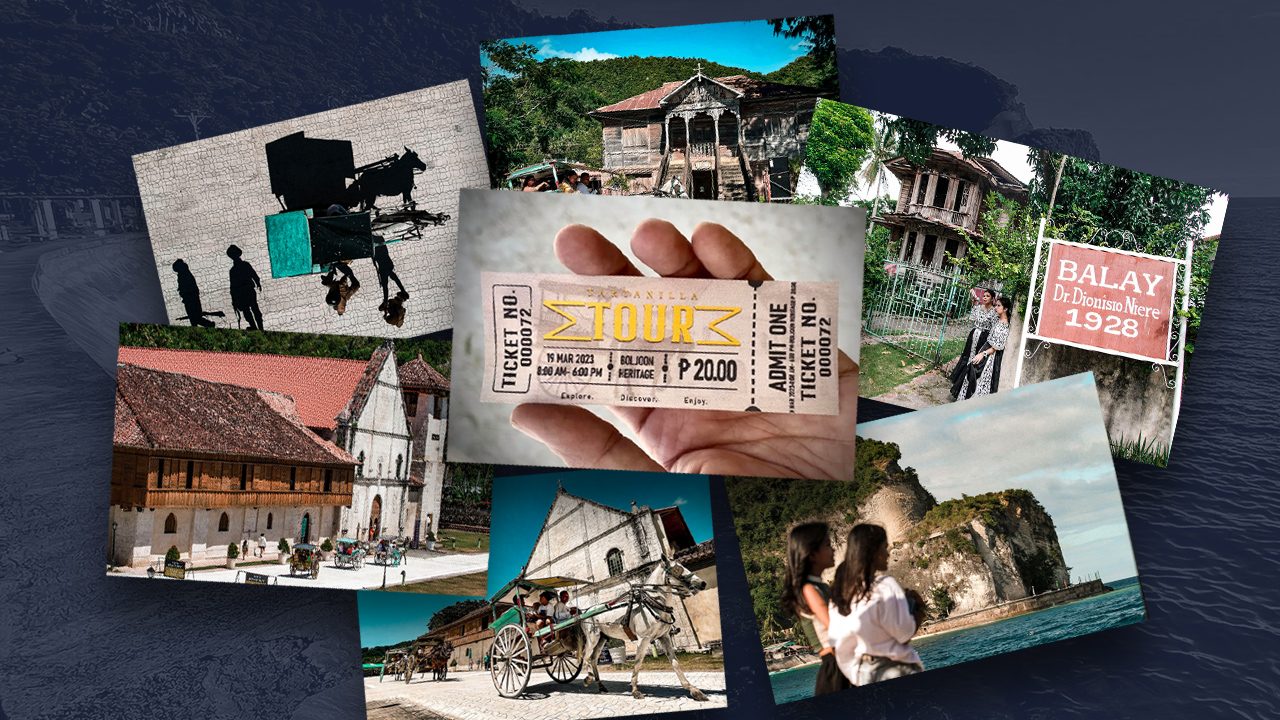
The clatter of horse hooves on pavement, a refreshing sea breeze, and gorgeous architecture from the past – this combination would surely make any tourist’s heart flutter.
Coinciding with the celebration of Boljoon town’s second patron saint, St. Joseph, the Boljoon Tartanilla Heritage Tour was launched on Sunday, March 19.

The tour is an initiative of Cofradia de San Jose in partnership with the Patronage of Mary Development School (PMDS) and the Municipality of Boljoon.
According to Ronald Villanueva, Cofradia de San Jose president, Boljoon already has a walking heritage tour, but they thought of adding a twist to it by hiring tartanillas. It would not only strengthen tourism in the community, but also help in the livelihood of displaced paradistas or kutseros (carriage drivers) from Cebu City.
“Nag-hire kami ng mga tartanilla ng Cebu kasi yung ibang mga paradista, nawalan na ng trabaho kasi may mga electric bikes na. Kaya ininvite namin sila dito. Sabi namin: kung wala na kayong trabaho sa city, punta nalang kayo dito sa rural area ng Boljoon,” Villanueva said.
(We started hiring tartanillas from Cebu City, because some of the carriage drivers there had lost their jobs due to the introduction of electric bikes. So, we invited them here. We told them: if you can’t make a living in the city, just come over here to our rural area of Boljoon.)

“Nag tie-up kami sa isang school dito sa amin, ang PMDS. Sila ang nag-manage; yung income-sharing 60% tulong para sa simbahan and 40% para sa student organization nila.”
(We partnered with one of the schools here, PMDS. They manage the tour, with 60% of income going to the church and 40% going to their student organization.)
During the event, dozens of PMDS students clad in traditional Filipino attire gleefully guided visitors and locals. One of them was Leonalyn Mirloque, who said that she and her classmates enjoyed being able to share the historical significance of their small town. She said it gave them a sense of community and purpose.
“It is important for us, the youth, to understand the history of our town so we can also share the knowledge to the next generation,” she said.

Boljoon Mayor Jojie Derama also expressed his support for the activity that day, and invited heritage enthusiasts, locals and tourists alike, to visit their beautiful town.
The tartanilla tour goes around the Nuestra Señora del Patrocinio de Maria Parish Church, commonly known as Boljoon Church, and its neighboring area.
Boljoon Church is a Roman Catholic Church that opened back in 1841. It is made of coral stones, making it the oldest standing stone church in the Philippines. In 1999, the church was declared as a National Historical Landmark by the National Historical Institute, and in 2001, it was listed as a National Cultural Treasure by the National Museum of the Philippines.


The ride will also bring you to the old ancestral houses in the community, one of them being the Balay Dr. Dionisio Niere, a two-story house that was built in 1928 and belonged to the first Doctor of Medicine in town, Dr. Dionisio Niere. It was also used as a headquarters by the Japanese Imperial Army during World War II.

Just a stone’s throw away from this spot is the town’s oldest house, Balay Cirilo Sestoso, a pastel-colored structure built in 1881 by Cirilo Sestoso, a gobernadorcillo during the Spanish period.

Next is the Baño sa Poblacion, said to be the place where locals first met the Spanish colonizers. It is a site of a gushing spring. The name of the town is actually derived from the local word bolho, which means “springs of water.”

The tour ends back inside the parish compound, where you can see the Escuela Catolica, an eye-catching structure built in 1940 by the Spanish clergy. It served as a dormitory for children about to take their first communion, and was also used as a school for religious teachings. Also located within the compound facing the Bohol Strait is El Grande Baluarte, the largest watchtower in Cebu.



Before leaving, you also have the opportunity to take a selfie with the majestic Ili Rock, one of the most famous landmarks of the town.


The Boljoon Tartanilla Heritage Tour offers a rich experience that will surely awaken your connection to the past. The three-hour ride from Cebu City to this picturesque town will definitely be worth it. – Rappler.com
Add a comment
How does this make you feel?


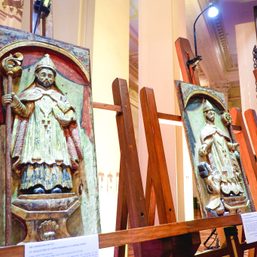

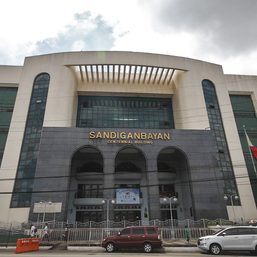
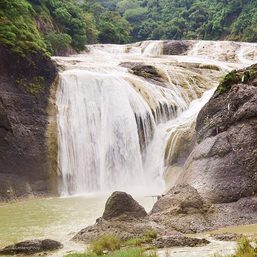

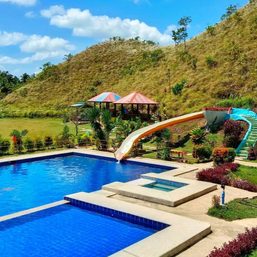
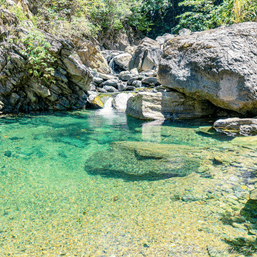
There are no comments yet. Add your comment to start the conversation.